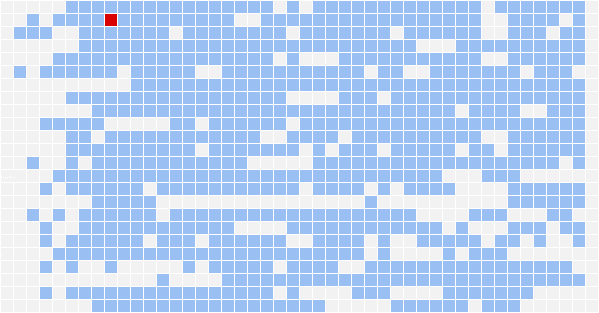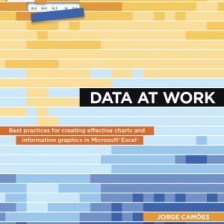
The more knowledgeable you are about the data, the more linear the visualization process tends to be. If you have in your hands a new data table you know nothing about, the sequence will be much less linear, and often you’ll be forced to return to earlier stages to ask new questions, search for new data, or change priorities. Chapter 6 discusses this process and evaluates it against a simple project.
Corrections & Suggestions
None so far.
Files
- (XLSM) Workbook for Chapter 6.
Additional Resources
- Shneiderman, Ben. “The Eyes Have It: A Task by Data Type Taxonomy for Information Visualizations.” IEEE Symposium on Visual Languages, 1996.
- Food availability as a proxy to actual consumption.
- Gapminder: Dollar Street.

Corrections? Suggestions? Leave a replay below.